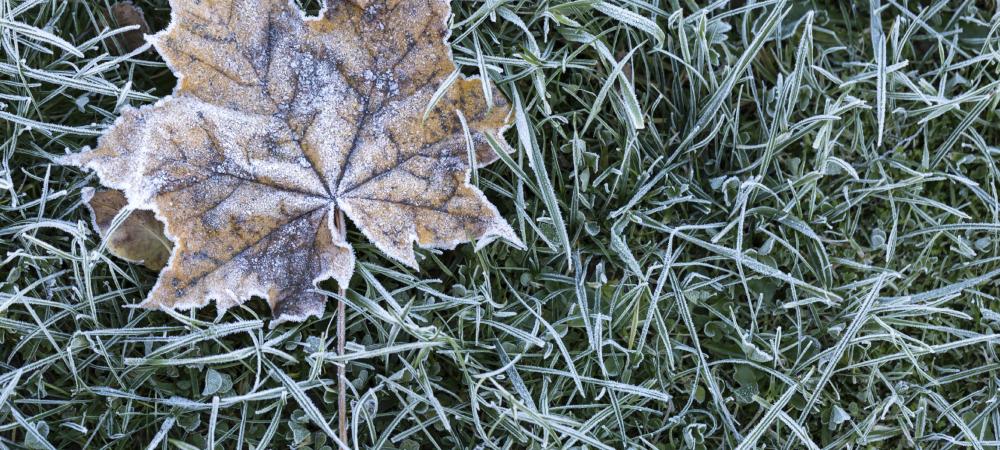Winter Lawn Prep

As the temperatures drop and frost begins to cover the ground, it's easy to forget about your lawn until spring rolls around. However, taking the time to properly prep your lawn for winter can make a significant difference in its health and appearance come springtime. In this guide, we'll walk you through essential steps for prepping your lawn for winter, ensuring it stays healthy and vibrant even in the coldest months.
How to Prep Your Lawn for Winter
Prepping your lawn for winter isn't just about aesthetics—it's about setting the stage for healthy growth and vitality in the coming months. Winter brings challenges like frost, snow, and freezing temperatures, all of which can take a toll on your grass if it's not adequately prepared. By following these steps, you'll help your lawn withstand the winter weather and emerge strong and resilient when spring arrives.
1. Keep Mowing (at the Right Height)
Continuing to mow your lawn as winter approaches is essential, but make sure you adjust the cutting height accordingly. Taller grass can become matted under snow, inviting disease and pest problems. Aim to gradually lower the cutting height as the season progresses, but avoid cutting too short, as this can stress the grass.
2. Aerate the Soil
Aerating your lawn in the fall is crucial for promoting healthy root growth and improving soil drainage. Use a core aerator to remove small plugs of soil, allowing oxygen, water, and nutrients to penetrate deep into the ground.
3. Remove Leaves and Debris
Keep your lawn clear of leaves, branches, and other debris that can smother the grass and create breeding grounds for pests and diseases. Consider mulching fallen leaves with a lawn mower to provide natural nutrients to the soil.
4. Fertilize Strategically
Applying a high-phosphorus fertilizer in the late fall can help promote root growth and winter hardiness. Phosphorus is essential for energy storage in plants, helping them withstand the stresses of winter. Avoid fertilizers high in nitrogen, as they can stimulate top growth, making the grass more susceptible to frost damage.
5. Overseed Bare Patches
Fall is an excellent time to overseed bare or thin patches in your lawn. Choose a high-quality grass seed blend that is suitable for your climate and soil type. Overseeding helps fill in gaps in the turf and ensures a thick, healthy lawn come spring.
6. Water Wisely
While you may not need to water your lawn as frequently in the fall, it's essential to keep it adequately hydrated until the ground freezes. Deep, infrequent watering encourages deep root growth and helps the grass withstand winter stress.
7. Protect Against Pests and Diseases
As temperatures drop, pests like rodents may seek shelter in your lawn, causing damage to the grass and roots. Consider applying a pest control treatment in the fall to prevent infestations. Additionally, keep an eye out for signs of fungal diseases such as snow mold, and treat them promptly if necessary.
8. Winterize Your Equipment
Before storing your lawn care equipment for the winter, clean and properly winterize it to prevent damage and ensure it's ready to use when spring arrives. Drain fuel from gas-powered equipment, sharpen blades, and perform any necessary maintenance tasks.
Keep Your Lawn Healthy This Winter
Prepping your lawn for winter is a vital part of year-round lawn care that shouldn't be overlooked. By following these steps, you'll help your lawn stay healthy and vibrant throughout the colder months, setting the stage for lush growth when spring arrives. So, take the time now to prep your lawn for winter—it's an investment that will pay off in the long run. And if you ever need help, we're here to help with our lawn care services!
